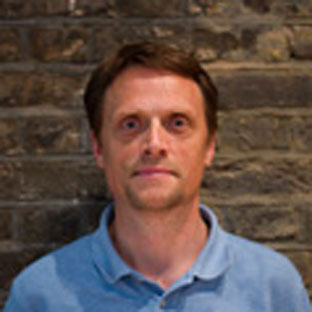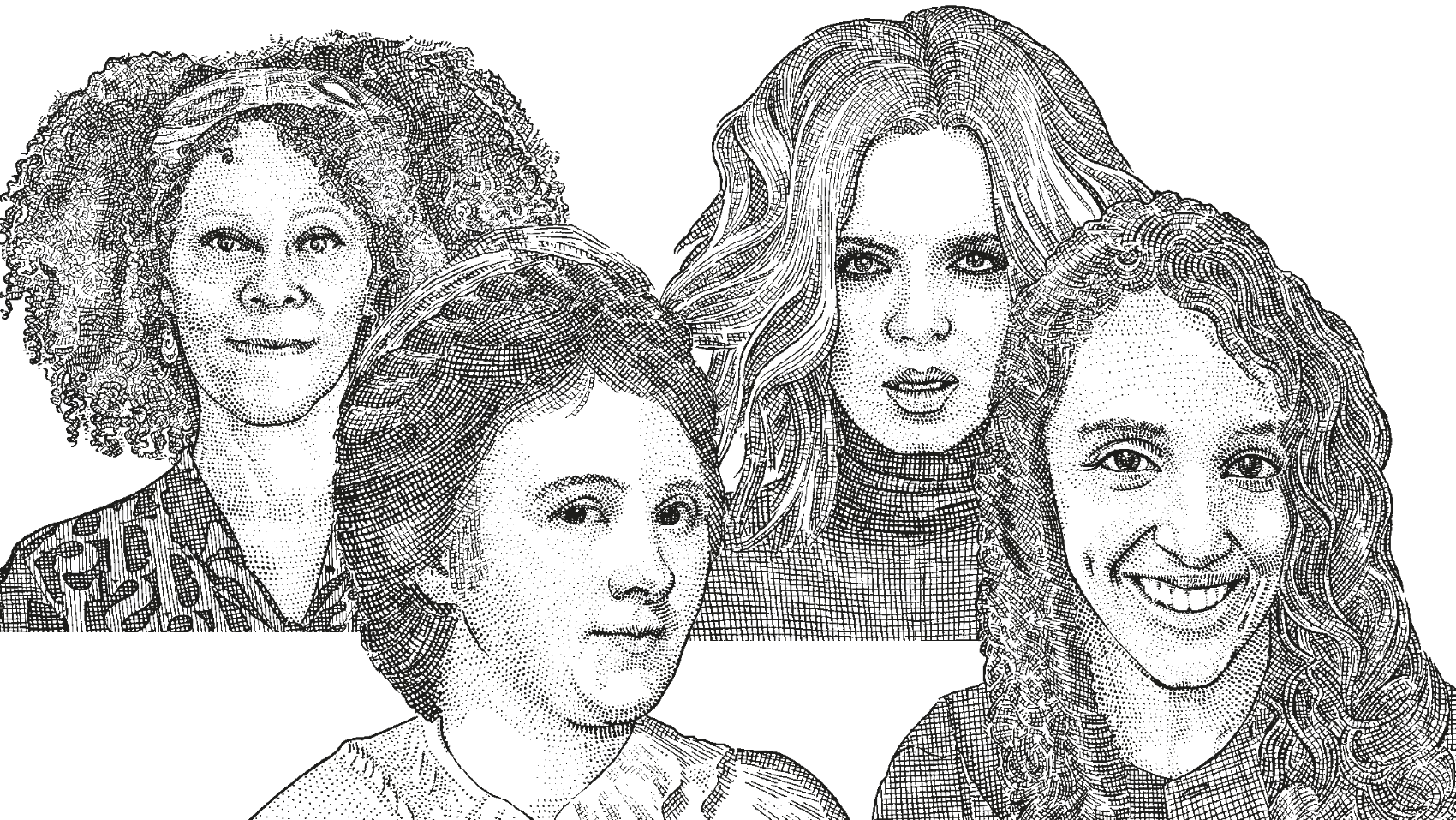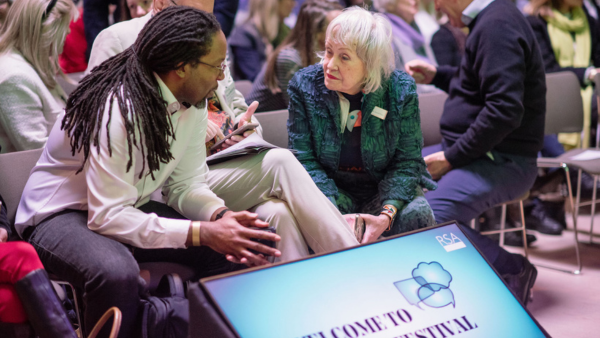It is right and proper, indeed healthy, that there should be an open debate about the core mission and purposes of the RSA. Thanks to the good work of our old friend David Wilcox there is a discussion on this topic currently underway on Linked In. With the RSA being such a broad and unique organisation, with 27,000 strong-minded Fellows, it’s not the first of these kinds of debate and it certainly won’t be the last.
The mission question is important and I want to address it as best I can, but before doing so I do want to clear away a few answers which I don't think add much useful and tend to narrow rather than open up debate:
‘We should return to the old mission’: The original charter of the RSA has been adapted on several occasions, most recently in the year before I arrived. The best description of the Society - favoured by its most distinguished historian - is an organisation that sticks its nose into anything interesting. One of the most consistent interests of the Society has been a word that doesn’t appear in our full title: ‘education’. And one of the most abrupt departures into a new area came with Prince Philip’s decision in the 1970s to ask the Society to take forward his interest in countryside conservation. The Society’s mission and focus has been subject to continuous debate and change across its 260 year history. There is no past era of certainties to return to and – if truth be told – despite many good projects and important developments to the organisation, the Society’s impact across the 20th century does not feature strongly – indeed at all – in histories of the period.
‘We should just do what the Fellows want’. As far as we can tell from the comprehensive survey of Fellows’ views undertaken last year, the focus of our work broadly corresponds to their concerns: communities, education, design and enterprise all feature highly. But Fellows are all different and no programme of research and development will interest and delight the whole Fellowship. The fact that seven of twelve Trustees and thirty-five of forty Fellowship Councillors are elected by the Fellowship ensures its voice is always at the heart of strategic decision-making.
‘The new mission is ‘21st century enlightenment’ and no one knows what that means’. ‘Twenty first century enlightenment’ is first and foremost a strap-line, although I did use my annual lecture a few years back to explore one interpretation. The Trustees approved the line because it refers to our past, speaks of the present, sounds ambitious and is interesting. But a strap line is not the same as a mission. The phrase the Society most often uses to describe its contemporary purpose is ‘to enhance human capability’.
I believe this goal is in line with our history, it speaks to our independence and to our belief in the possibility of a qualitative shift in human achievement and fulfilment, and it also implies a need to be met; without a step change in human capability we will not tackle the challenge and grasp the opportunities of tomorrow’s world. But, of course, it is also a very broad goal and like most mission statements it doesn't on its own provide a sufficient basis for knowing which projects the organistion should take on and which it should reject.
The reality of any complex organisation with a remit of public good is that its mission is as much something that is revealed by practice as defined by its overarching goals. What we do reflects, first, the interplay of the long term history of our origins and the short term history of what are perceived as our most successful projects; second, pull factors – principally changes in the world which seem to require a response; third, push factors - the interests and enthusiasms of Trustees, Fellows, staff and also partners, particularly those with funds.
So, looking at the current projects in our Action and Research Centre, work on enterprise, design, 'closed loop’ manufacturing and the social impact of the arts are all explicit attempts to apply some of the historic interests of the Society to modern challenges, the work on communities, social networks and public services can be seen to reflect widely held contemporary concerns about civil society and the impact of fiscal austerity, and the creation of the family of Academies and research on ‘the social brain’ can be traced to the support for these projects respectively by Trustees and senior staff.
We also operate in a market place of ideas. The success of the Society depends on the degree to which our ideas are listened to and taken up, and also to the willingness of partners to work with us and fund us. This has become more the case as, over recent years, we have shifted investment from funding research projects to supporting Fellows' activities (more on this tomorrow).
Entrepreneurs often describe how the response of the market dictated that the business they ended up pursuing was very different to the one they set out trying to create. Similarly, a research organisations with a broad mandate will spend as much time trying to be good at what the market prompts it do as trying to persuade the market to back those projects on which the organisation most wants to focus.
None of this means that individual staff are not accountable for delivering agreed outcomes in their areas of responsibility, nor that we lack measurable goals for the RSA as a whole. Indeed, we report on a wide swathe of indicators to every Trustee Board. The point is that pursuing a mission in action and delivering on it is a complex process of setting out on a journey, responding to conditions, adjusting course and sometimes destination.
That’s why it is important, on the one hand, for the Society’s custodians to be open and clear about the challenges of pursing a idealistic mission in the real world and, on the other, that those who hold us to account recognise the inevitability of complexity and compromise and avoid the temptation to imagine we could make these challenges disappear by finding a magic form of words or returning to a mythical past.
As an experienced economic analyst once said to me; 'if we could tell the difference between a cycle and a trend we would all be better policy makers' . Looking across the last few years at the Society I see a strong trend to improvement in all major areas interspersed with cycles of rapid progress but also sometimes a loss of momentum; for example, in 2010/11 governance disputes sapped energy from Trustees, staff and the Fellowship Council. But running through the whole time has been, what is for me, the biggest project of all and the one on which the Society’s future now most heavily relies: the transformation of the RSA Fellowship.
It is on this that I will focus the third and final post in this series tomorrow.
Related articles
-
Nine famous female Fellows inspiring inclusion
Dean Samways
International Women’s Day 2024 invites us to imagine a world where all genders enjoy equality. Where prejudice and discrimination no longer exist. This is the world our work is helping deliver to this and future generations.
-
Fellows Festival 2024: changemaking for the future
Mike Thatcher
The 2024 Fellows Festival was the biggest and boldest so far, with a diverse range of high-profile speakers offering remarkable stories of courageous acts to make the world a better place.
-
Inspired by nature
Rebecca Ford Alessandra Tombazzi Penny Hay
Our Playful green planet team summarises a ‘lunch and learn’ at RSA House that focused on how the influence of nature can benefit a child’s development.




Be the first to write a comment
Comments
Please login to post a comment or reply
Don't have an account? Click here to register.